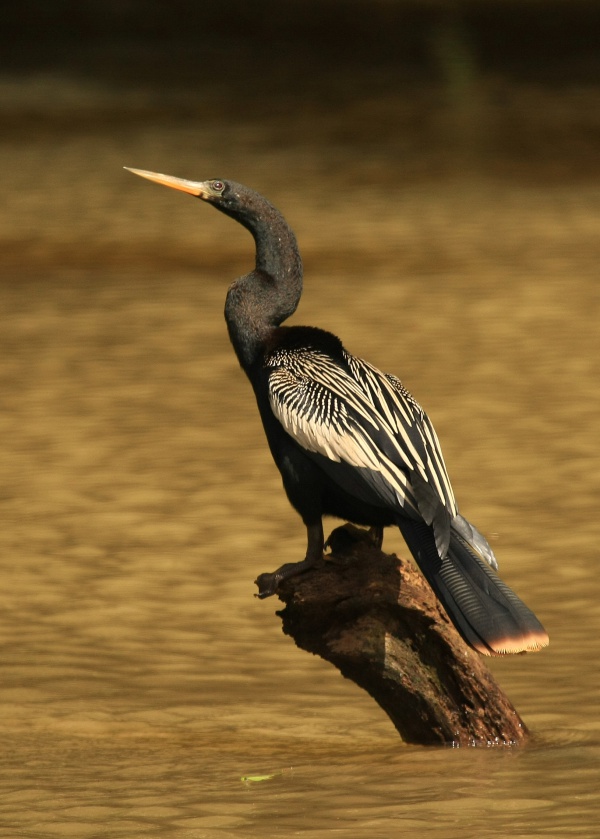Facts About Anhinga
The anhinga, often referred to as the snakebird, darter, American darter, or water turkey, is a captivating water bird native to the warmer regions of the Americas. Its name is derived from the Brazilian Tupi language, meaning "devil bird" or "snake bird" due to its snake-like appearance when swimming. These birds are part of the darter family, with close relatives in India, Africa, and Australia. They are adept hunters, utilizing their sharp beaks to spear fish.
Anhingas inhabit warm, shallow waters across the globe. The American anhinga has two subspecies found in various regions of South America, the United States, Mexico, and the Caribbean. Some populations migrate in response to temperature and daylight changes, with individuals occasionally reaching as far north as Pennsylvania and Wisconsin in the U.S.
Anhingas are large birds with distinctive features. Males display a glossy black-green plumage, while females have a more subdued color palette. Notably, their feathers are not waterproof, which prevents them from floating for extended periods and requires them to dry their feathers after swimming. They primarily consume wetland fish, which they catch by stalking and spearing underwater.
In the United States, anhingas are protected under the Migratory Bird Treaty Act. Globally, they are classified as "least concern" in terms of conservation status, owing to their widespread distribution.

 Brazil
Brazil